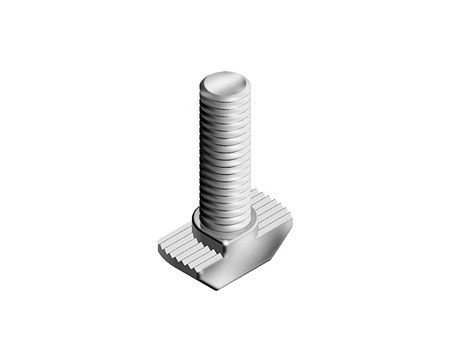
Screws are one of the world’s most commonly used fasteners. Consisting of a solid piece of material with external threading and a head, they are used to fasten objects. When driven into multiple objects, a screw will hold them together.
While you’re probably familiar with the purpose of a screw, there are different types of screws. Some of them have a traditional head with a rounded shape, Other screws have an unconventional head with a hammer shape. Known as hammer head screws, they are a popular alternative in certain applications.
Overview of Hammer Head Screws
A hammer head screw is a type of screw that features a rectangular head. They are known as “hammer head screws” because they feature a hammer-shaped head. Hammers, of course, don’t have a rounded head. They have a rectangular head. Hammer head screws are characterized by their head, which is the same shape as a hammer.
How Hammer Head Screws Work
Hammer head screws work in a similar way as traditional screws with a rounded head. They feature external threading that allows them to be driven into or out of objects with matching internal threading.
If you inspect a hammer head screw, though, you may notice that it doesn’t contain a recess for a driver bit. Traditional screws typically have either a flat-head or Philip’s head recess, You can install them by placing a screwdriver with the appropriate bit inside of the screw’s recess, followed by turning the screwdriver. Most hammer head screws don’t have a recess. Instead, they are installed by manually turning the head itself.
Applications for Hammer Head Screws
Hammer head screws are often used to install anchor rails. An anchor rail is placed over an object, after which a hammer head screw is driven into it. The rectangular head of a hammer head screw will press against the sides of the anchor rail, thus distributing its load against the object more evenly. Traditional screws have a rounded head that covers less surface area, so they aren’t as effective for anchor rails.
Along with anchor rails, hammer head screws are often used in applications requiring electrical conductivity. You can find hammer head screws made of zinc. Zinc is an electrically conductive material that doesn’t restrict or otherwise block the flow of electricity. In applications requiring electrical conductivity, zinc-plated hammer head screws are often used. Their conductive zinc heads will keep electricity flowing to the parts where it’s needed.
